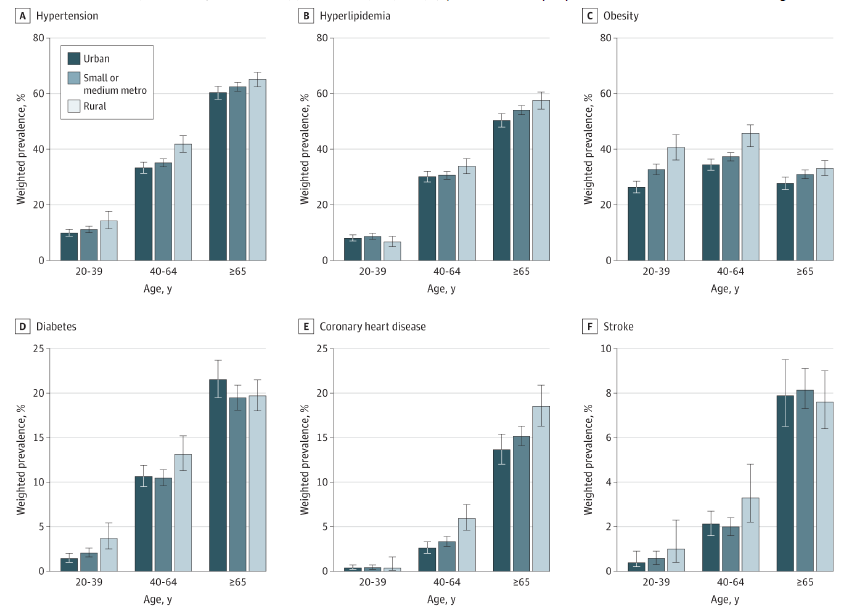2025-03-31 カーディフ大学
<関連情報>
- https://www.cardiff.ac.uk/news/view/2906163-at-home-cervical-screening-scientists-advise-on-self-sampling-tests
- https://onlinelibrary.wiley.com/doi/10.1111/hex.70191
英国における子宮頸部検診の自己または医師によるサンプリングについて、情報に基づいた意思決定を支援するコミュニケーション戦略の提言 質的研究 Recommendations for a Communication Strategy to Support Informed Decision-Making About Self or Clinician Sampling for Cervical Screening in the UK: Qualitative Study
Denitza Williams, Eleanor Clarke, Kate J. Lifford, Lindsay Haywood, Fiona Wood, Jo Waller, Adrian Edwards, Natalie Joseph-Williams, Caroline Evans, Gareth Powell …
Health Expectations Published: 27 March 2025
DOI:https://doi.org/10.1111/hex.70191

ABSTRACT
Background
Cervical screening for high-risk Human Papillomavirus subtypes is offered to those eligible in the UK via the NHS cervical screening programmes. However, uptake of cervical screening continues to remain below the national target of 80%. Groups less likely to participate include people from low socioeconomic groups, ethnic minority backgrounds, younger/older age and/or LGBTQ group identity. The cervical screening-eligible population could soon, for the first time in the UK, have a choice of mode between clinician taken or self-sampling.
Aims
To understand information and decision-support needs of diverse cervical screening-eligible individuals when presented with a choice of cervical screening mode and develop recommendations for a communication strategy to support informed decision-making.
Methods
Qualitative co-production explored communication preferences and decision-support needs in a diverse sample of cervical screening-eligible individuals using semi-structured interviews with individuals eligible for cervical screening (n = 30) and stakeholders (n = 23). Interviews were transcribed, thematically analysed and mapped to behavioural and decision-making theories to inform a communication strategy for offering choice in cervical screening mode in the UK.
Results
Four main themes across both participant groups were identified: misunderstanding of clinician screening, attitudes towards choice, communication launch preferences and decision-support needs. Logic models to inform a communication strategy in preparation for the future launch of choice in cervical screening mode in the UK were developed.
Implications
The communication launch strategy can inform interventions to support informed decision-making if HPV self-sampling is incorporated into UK cervical screening programmes.
Patient and Public Contribution
Two public partners were involved in the study from inception to completion. They advised on recruitment, participant facing documents and were involved in analysis.


